News Desk
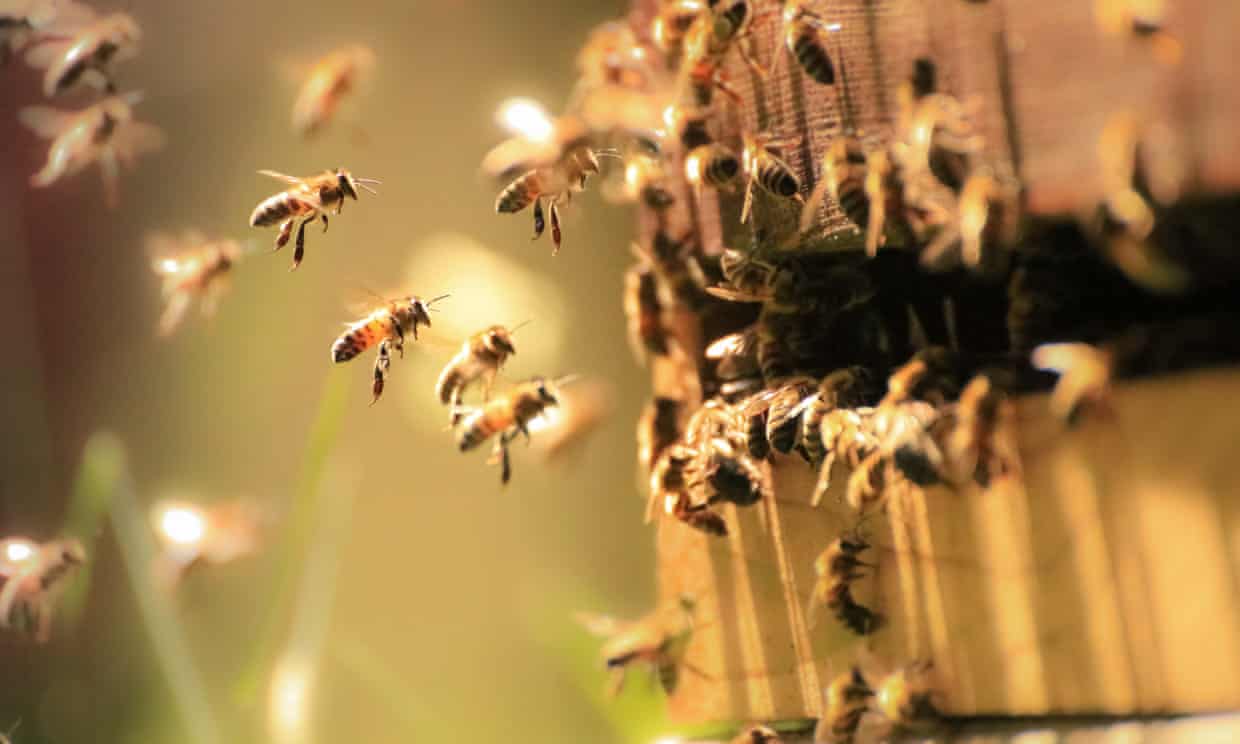
UK government proposals to recognise vertebrates as sentient beings are welcome, but this should be just the start.

From treating depression to understanding consciousness, the promise of psychedelics is shifting their study from fringe to frontier neuroscience.

Scientists have pinpointed major changes in Europe’s Neanderthal populations – from traces of blood and excrement they left behind in a Spanish cave 100,000 years ago.
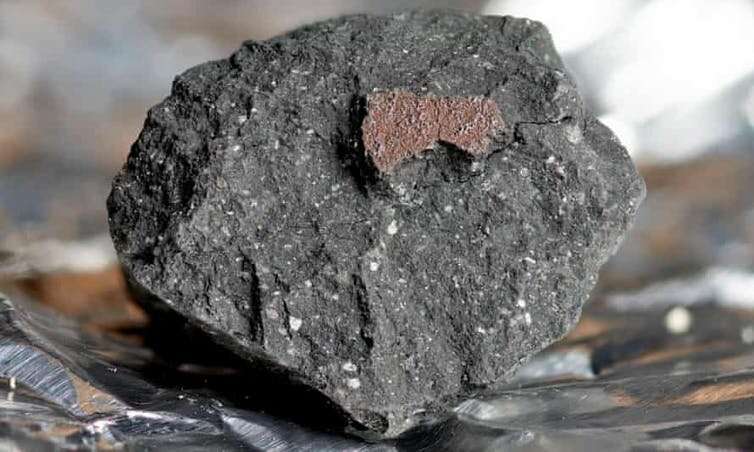
If asked where meteorites come from, you might reply “from comets.” But according to our new research, which tracked hundreds of fireballs on their journey through the Australian skies, you would be wrong.
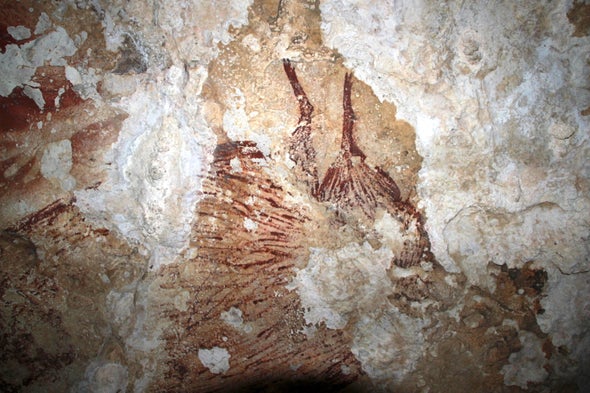
New research reports that ancient rock art in Indonesian caves is degrading over time, as bits of rock slowly flake away from the walls. It’s a tremendous loss for human history — some of these paintings, which depict everything from animals to human figures to abstract symbols, date back about 40,000 years.

Animals are to be formally recognised as sentient beings in UK law for the first time, in a victory for animal welfare campaigners, as the government set out a suite of animal welfare measures including halting most live animal exports and banning the import of hunting trophies.

Sand samples examined by National Trust experts indicate hillside chalk figure was created in the 10th century.

A recent case study by Johns Hopkins Medicine researchers provides evidence that a promising option for patients with chronic itch may already be available: medical marijuana (cannabis).
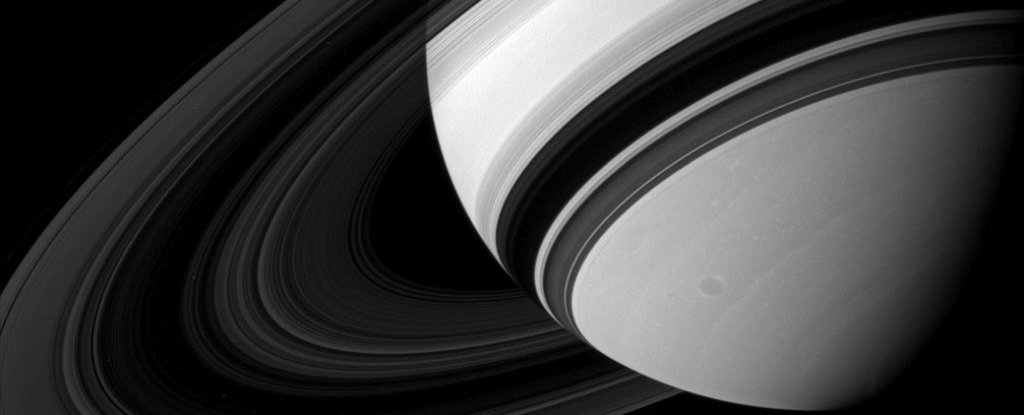
The interiors of Jupiter and Saturn are actually quite difficult to probe. But Saturn’s uniquely glorious and extensive ring system is proving to be an excellent tool for figuring out the densities deep below its thick cloud layers, right down to the core.

Here’s another blow to the popular image of Neanderthals as brutish meat eaters: A new study of bacteria collected from Neanderthal teeth shows that our close cousins ate so many roots, nuts, or other starchy foods that they dramatically altered the type of bacteria in their mouths.
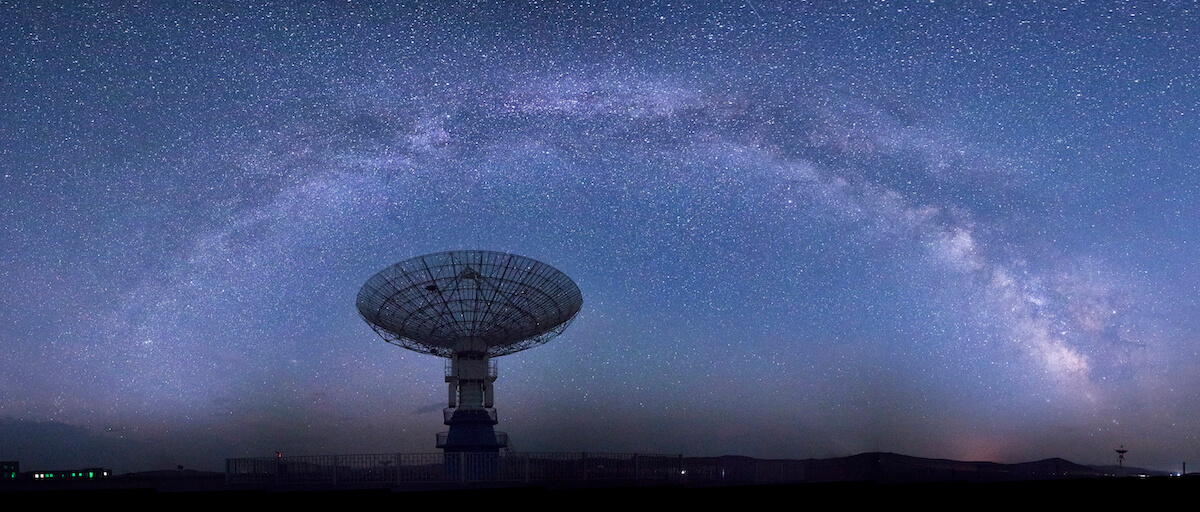
New technologies and techniques are searching for signs of alien life as never before. What and where will that potential life be?

For decades, cosmologists have wondered if the large-scale structure of the universe is a fractal — that is, if it looks the same no matter how large the scale.

In a new article published in the journal Bioacoustics, primatologist and UCLA anthropology graduate student Sasha Winkler and UCLA professor of communication Greg Bryant take a closer look at the phenomenon of laughter across the animal kingdom.

Italian archaeologists have unearthed the bones of nine Neanderthals who were allegedly hunted and mauled by hyenas in their den about 100km south-east of Rome.
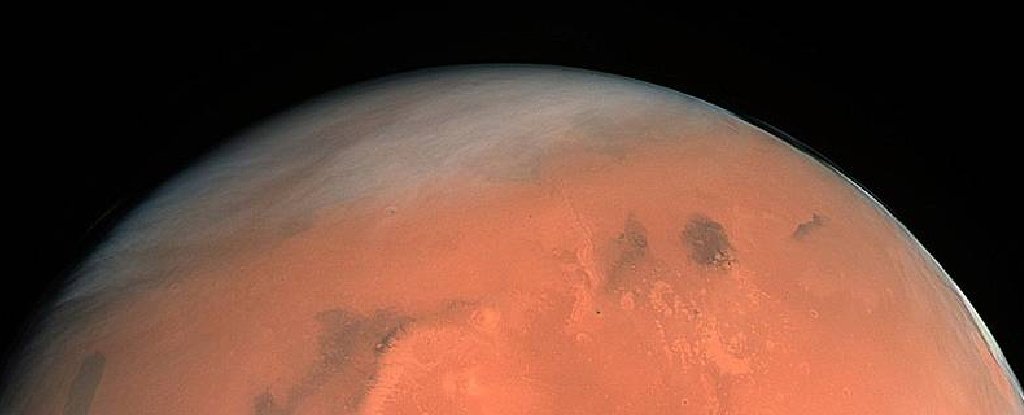
Evidence seems to be mounting for a geologically and volcanically active Mars. A new, close study of volcanic features on the surface of the red planet has found that a lava deposit on the Elysium Planitia appears to be very recent indeed – as in, within the last 50,000 years.
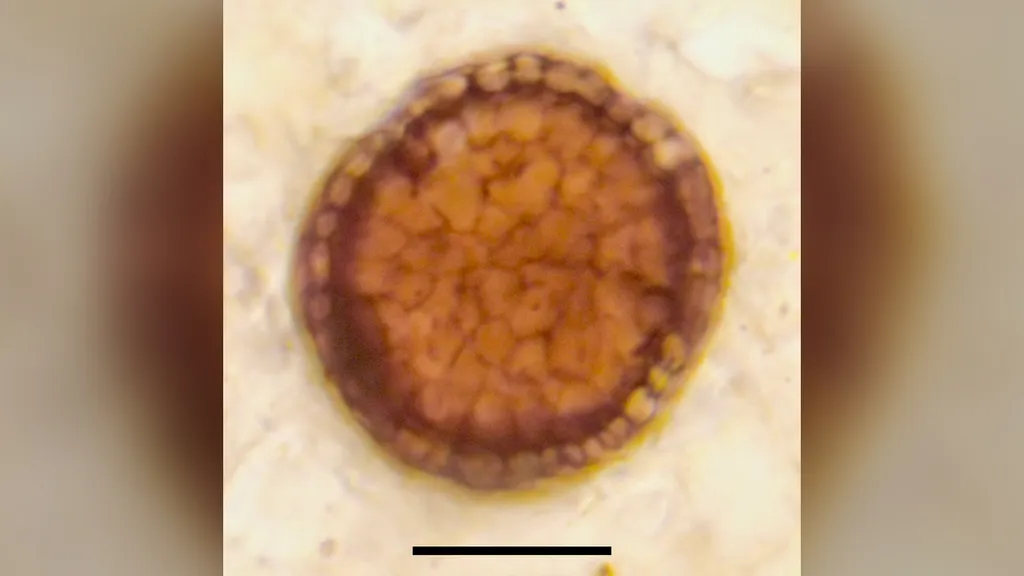
Scientists have discovered a rare evolutionary “missing link” dating to the earliest chapter of life on Earth. It’s a microscopic, ball-shaped fossil that bridges the gap between the very first living creatures — single-celled organisms — and more complex multicellular life.








